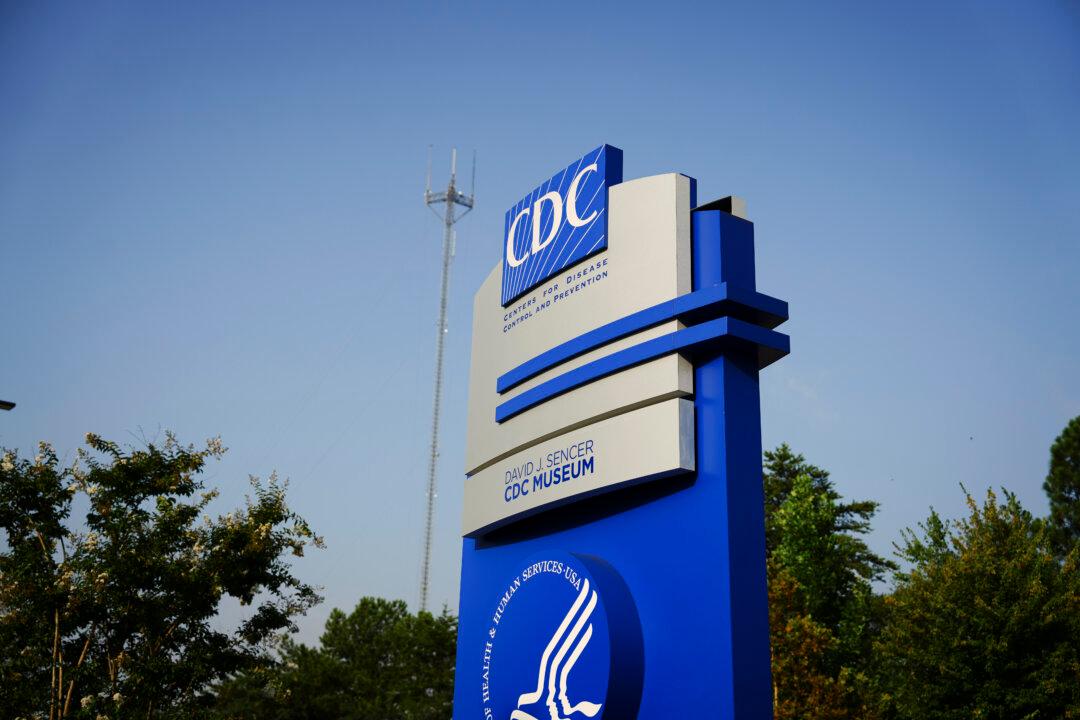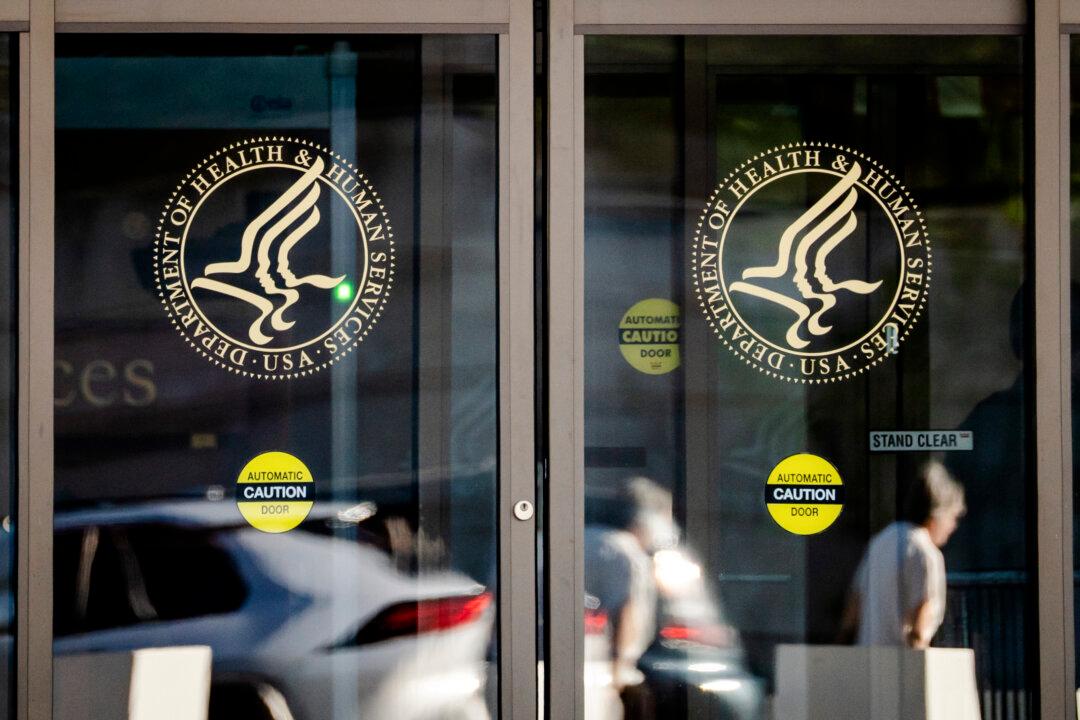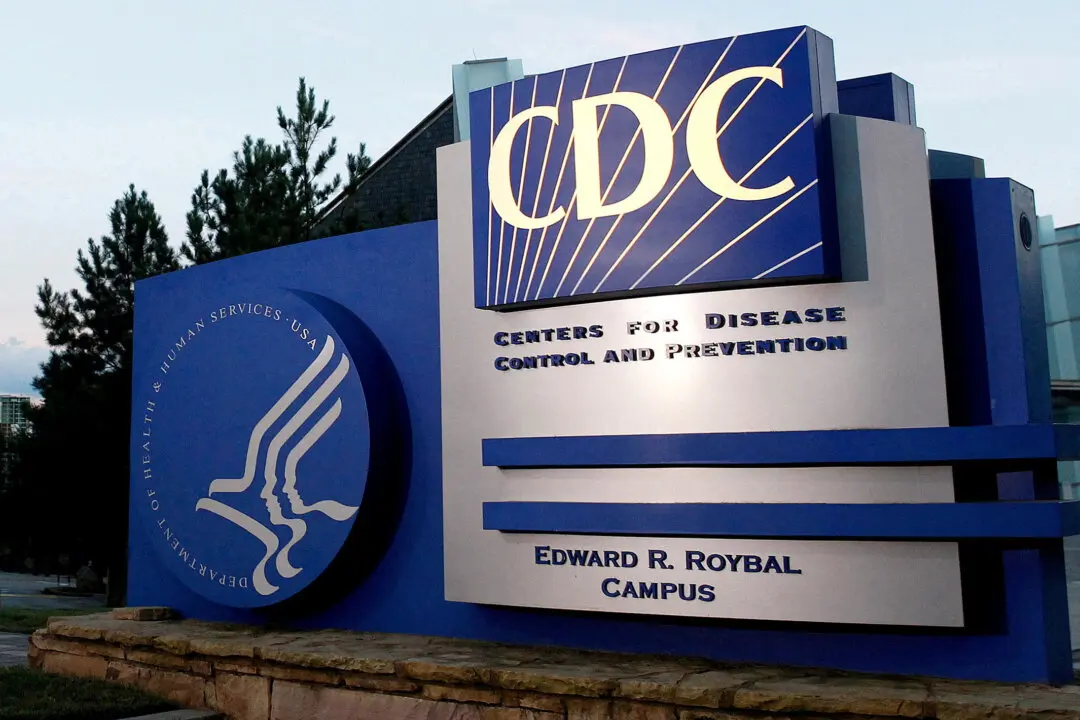The U.S. Centers for Disease Control and Prevention (CDC) never reviewed the raw data underpinning a study the agency claimed bolstered the position that naturally immune people should receive COVID-19 vaccines.
The raw data for the study “is owned by external partner organizations and was maintained by a contractor,” the CDC’s Freedom of Information Act (FOIA) office told a requester recently. “CDC subject matter experts did not receive copies of the raw data prior to the contract termination.”





